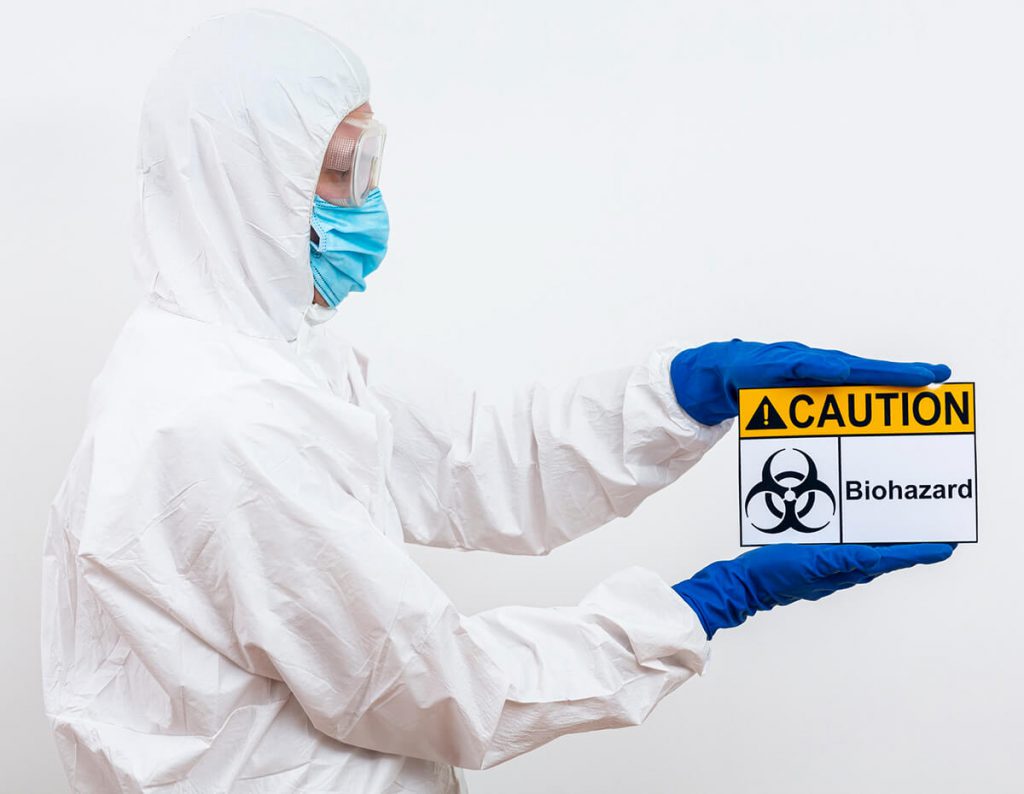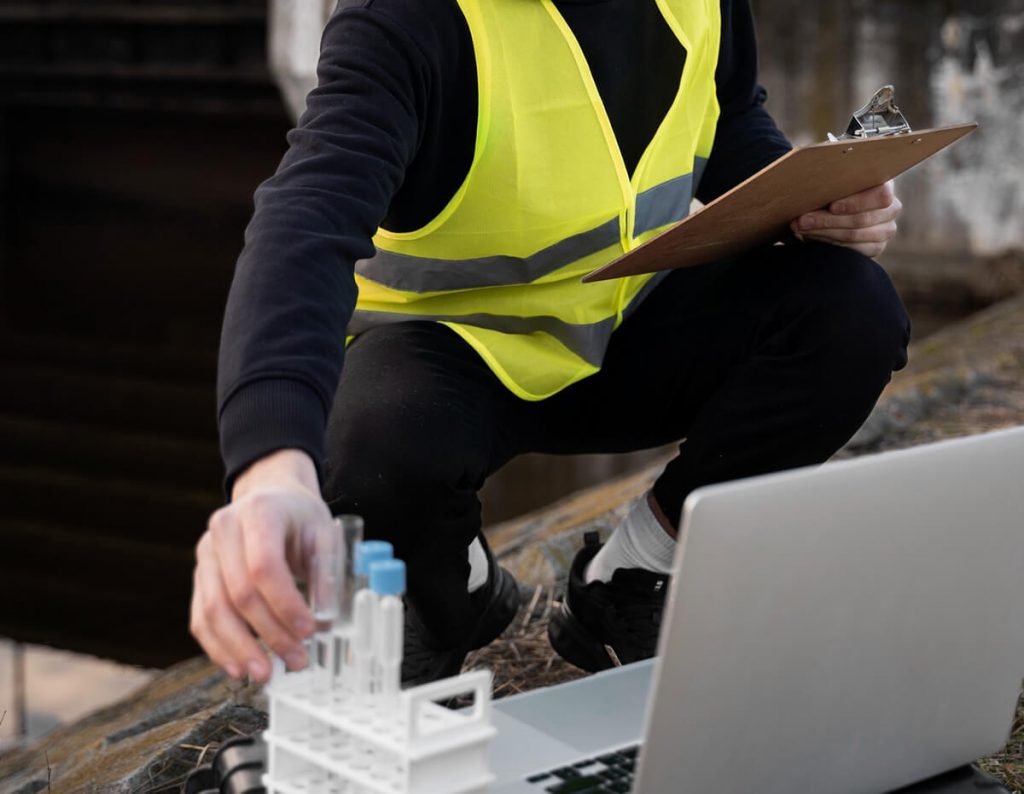Radon (Rn) Testing & Mitigation
Radon – One of the well-known Elements in the Periodic Table and it is also known as ‘Rn’. It’s a naturally occurring gas that doesn’t have any color, smell, or even taste. It doesn’t combine with other chemicals or gasses, and it’s a little bit heavier than air.
Unfortunately, besides cigarette smoking, it is also one of the causes of getting lung cancer. When it seeps into your home or property through all the cracks and gaps of the walls or foundation – basically anywhere that air can go in, with long term exposure it will be risky and people living in the building might start developing lung cancer. This is one of the reasons why it’s so important to get a Radon testing done at your home. Whether or not you need to install a radon mitigation system that removes radon out from your property, keeping everyone in your home safe.
“BE SAFE AND CONTACT US FOR QUOTES”

WHERE DOES IT COME FROM?
Long before humans roamed the earth, over 4.5 billion years ago, Uranium decays and later on becomes what we call today as Radon. At present, radon started its journey on earth by breaking down into our soil, air and water.

WHY IS THERE RADON IN YOUR HOME?
Here’s a sneaky thing about Radon. It doesn’t really matter if you have slab on grade, a basement, or a crawlspace. The soil beneath you is a natural vacuum to your home and Radon can just naturally enter your house in any location that air can go through. Any cracks your home has will be the common entrance, such as slabs or foundation, the ventilation ducts, any leaks in crawl spaces or furnaces, even the plumbing you have or electrical lines that are below your home will not be an exemption to Radon. To make it easier for everyone to understand, think of Radon like its water. It just flows anywhere that has least resistance.
If you think that is all, not really. Radon can also get through well water (mitigation by clean water specialists is recommended) and into your home since wells tend to be very deep underground and far from fresh air. It will be going through your home and into your shower and sinks.
Safety level for Radon? Sadly, there is no safe level of exposure to Radon that could be considered as okay.
SIGNS THAT I’VE BEEN EXPOSED TO RADON
It is recommended that you get a professional to get tested for Radon. If there are clear signs or if you really think you’ve been exposed to it, then a certified radon professional will have a testing kit. You will get the results once it’s done. At this time, you may have to decide to mitigate your home or property.
There is a short-term and long-term radon testing kit for you to use in your home to figure out to what extent your home and everybody living there is exposed to radon. It is advised that you put the tester somewhere in the house for at least 48 hours. It also depends on the situation where you have to place it. Radon exposure will be measured by this. A short-term will give you an idea if there is potentially Radon exposure, and for the long-term tester, it will give you a more in- depth understanding of what you’re dealing with.
The owners of the home where the Radon test is placed will be okay for people to go on with their lives as normal, but after 91 days the tester will be sent to the lab. Keep in mind, the longer the tester is in your home, the better results and more accurate it will be.
HEALTH RISKS WHEN BEING EXPOSED TO RADON
Radon will not be the cause for most health problems for sure but the risks that come with it is from products that decay. In about 3.8 days, it will break down into what is called ‘Polonium’. A particle will be released during the change, and these alpha particles are atoms that are positively charged. It doesn’t necessarily enter human skin but when you inhale it, these particles will end up targeting the tissue lining in your lung area, thus destroying your DNA and altering a part of it. A DNA being destroyed is not exactly a big concern, but if it ends up mutating then it could be risky and may cause cancer and other health issues.
Although anyone can be exposed to Radon, younger kids have an even higher chance of being affected since they do have a higher respiration rate. You’re not going to show any obvious signs of Radon just within 24/7 but the result of this will be a long-term issue and between 10-15 years from now depending on how much Radon you are exposed to.
REDUCING RADON IN YOUR PROPERTY AND RADON MITIGATION
There are multiple ways to prevent Radon for sure and we will discuss here the examples on what you can do to help reduce it and what to expect in the process.
Sub-Slab Decompression Systems/Slab System
-
We start with installing a system in an area of the home to remove about 2ft. deep of concrete so we can install a PVC pipe where holes will be drilled just underneath the slab line.
-
Once we make the holes that we drilled, it will be filled with gravel before re-pouring some cement.
-
A fan will be placed in the route of the pipe to where the exterior of the home is. It will now create some suction just underneath the slab. An exhaust will be turned on from the fan to the roof, where a catch is then placed just inside of the pipe to prevent debris or unwanted critters from coming into the fan.
-
After all of this, the exhaust will then be in a vertical position for the radon to be pushed away from your property, and other homes in the area.
Sub-Membrane Decompression System/Crawl Systems
-
A snake perforated drainpipe will be used through the crawl spaces. On top of the pipes, a 6-mil membrane will be positioned. In certain situations, there could be multiple 6-mil membranes that are placed to cover the whole crawl space.
-
Since there are different pieces, sometimes we will have to use a vinyl tape to wrap the pieces together to create one membrane.
-
The next step is using a strong foundation adhesive to attach the whole perimeter. The membrane over the pipe will be routed outside that will go through either an exterior wall or the foundation.
-
To produce a vacuum that will be underneath the soil and membrane, a specially designed Radon fan will be attached to the pipe.
-
Routed alongside the exterior walls, there is another scheduled 40 PVC pipe that will be positioned on the exhaust side of the fan. A catch will also be positioned in the pipe to prevent unwanted debris and critters from coming in the fan.
RADON TEST EXPECTATIONS
This isn’t a long-term thing that you have to place in your home for years. It could range from 48 hours or more, but like I said before, the longer the tester is in your home, the more accurate the results will be. The test needs to be just 3-6 feet above the ground and definitely far away from objects in the room.
The doors and windows should be closed 12 hours prior to doing the test. Please keep them closed for that duration. People can go in like normal, but do not keep your doors wide open for even longer than a few minutes. Fireplaces shouldn’t be used and ventilations and ceiling fans should be left turned off.
Hire a professional like us for more information on how much our services cost and to explain to you how we can help you with your problem.
